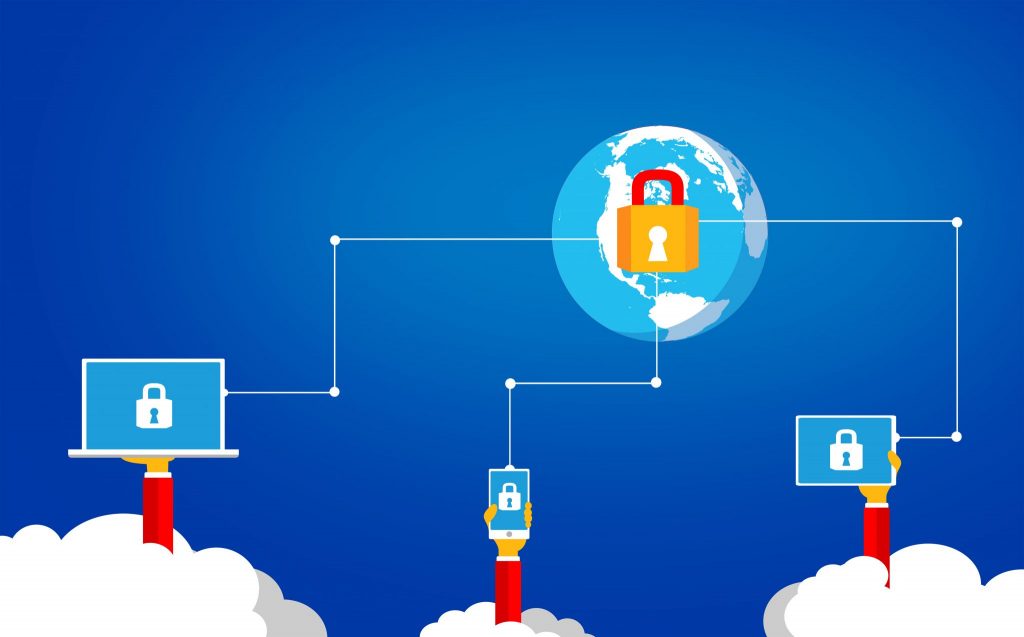Microsoft just announced some security and compliance updates for Office 365. The updates include enhancements to Advanced Threat Protection, eDiscovery, Advanced Data Governance, Advanced Security Management, and Windows Information Protection.
Here are some more details from Microsoft about these enhancements and what they mean for security and compliance on Office 365.
Threat protection updates
As part of this latest update, Microsoft has introduced some new features to Office 365 Exchange Online Protection (EOP) and Advanced Threat Protection (ATP). One such feature is Threat Protection status reports. The reporting feature can help both EOP and ATP detect and quarantine malicious emails. And there are also some new Safe Link policies to better identify and avoid online threats.
Compliance streamlining features

New features to eDiscovery and Data Governance are intended to help organizations navigate complex compliance issues. For example, Advanced eDiscovery now includes optical character recognition to extract text or objects from image files. Office 365 eDiscovery also now includes RMS decryption. And unified case management provides a consistent user experience across eDiscovery.
Supervision capabilities
There’s also a new Supervision feature in Office 365 Advanced Data Governance. This feature allows organizations to review content and supervise user communication across emails, Facebook, and other platforms. This feature can help organizations remain compliant and avoid certain liability issues.
Windows Information Protection for Office desktop apps
Microsoft has also expanded support for Windows Information Protection to include Office desktop apps. This means that users of Office 365 ProPlus desktop versions of Word, Excel, PowerPoint, Outlook, OneNote, and Skype for Business can enjoy the security features that Windows Information Protection provides for mobile apps and other Microsoft programs. This includes the ability for end users to maintain control over their personal data by designating files as either work or personal, while allowing the program to prevent data leaks.
Photo credit: Microsoft



